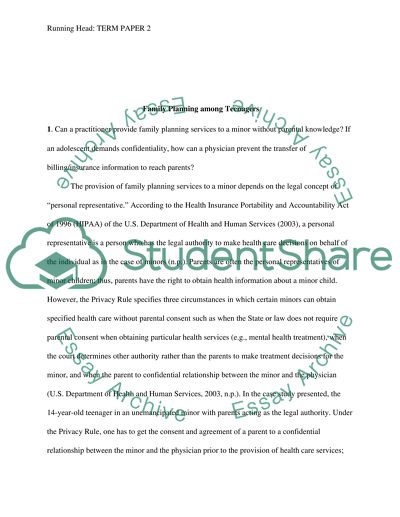Cite this document
(“Family Planning among Teenagers Term Paper Example | Topics and Well Written Essays - 1250 words”, n.d.)
Retrieved from https://studentshare.org/nursing/1453066-term-paper-ii
Retrieved from https://studentshare.org/nursing/1453066-term-paper-ii
(Family Planning Among Teenagers Term Paper Example | Topics and Well Written Essays - 1250 Words)
https://studentshare.org/nursing/1453066-term-paper-ii.
https://studentshare.org/nursing/1453066-term-paper-ii.
“Family Planning Among Teenagers Term Paper Example | Topics and Well Written Essays - 1250 Words”, n.d. https://studentshare.org/nursing/1453066-term-paper-ii.


